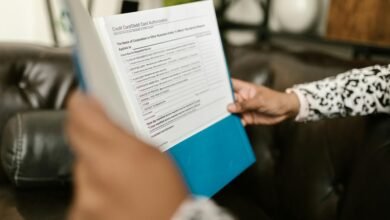1405801058 Investigating Breakdown of Mobile Call Locations

The investigation into mobile call location tracking, designated as code 1405801058, highlights significant challenges in accurately pinpointing device locations during voice calls. Factors such as GPS limitations, urban signal interference, and inherent network variability contribute to the inconsistencies observed. These inaccuracies not only affect user trust but also raise important questions regarding the reliability of telecommunications services. Understanding these complexities is essential for developing effective strategies to enhance tracking precision while addressing privacy concerns.
Overview of Mobile Call Location Tracking
Mobile call location tracking, as a critical component of modern telecommunications, enables the identification and recording of a mobile device’s geographical position during voice calls.
This process relies on sophisticated location technology integrated within the mobile network, facilitating real-time data acquisition. Such advancements promote efficient resource management and enhance service delivery, while raising essential questions about privacy and individual freedom in an interconnected society.
Factors Contributing to Inaccuracies
Numerous factors contribute to inaccuracies in mobile call location tracking, affecting the reliability of the data collected.
GPS limitations, including poor satellite visibility, hinder precise positioning. Additionally, signal interference from urban structures or atmospheric conditions can distort location signals.
These elements combine to create discrepancies in reported locations, ultimately undermining the integrity of mobile call tracking systems and the freedom of accurate data use.
Impact of Network Variability
While the accuracy of mobile call location tracking is paramount, network variability significantly influences the effectiveness of these systems.
Network congestion can lead to delays in data transmission, while signal interference disrupts the clarity of location data.
These factors create inconsistencies in call positioning, ultimately undermining user autonomy and the overall reliability of mobile communication services in varying environments.
Strategies for Improving Call Location Accuracy
Improving call location accuracy requires a multi-faceted approach that addresses the limitations imposed by network variability.
Integrating GPS technology with signal triangulation enhances precision. Additionally, algorithm optimization can refine data processing, while incorporating user feedback helps identify discrepancies.
These strategies collectively work to enhance the reliability of mobile call locations, empowering users with accurate information and greater freedom in their communications.
Conclusion
In conclusion, the labyrinthine complexities of mobile call location tracking reveal a tapestry woven with challenges ranging from GPS limitations to urban signal interference. As the telecommunications landscape evolves, the quest for precision must harmonize with privacy concerns, much like balancing the delicate scales of justice. By implementing innovative strategies to enhance accuracy, the industry can restore user trust and reliability, ultimately transforming a cacophony of uncertainties into a symphony of seamless connectivity.




